England must beware Ukraine's inverted wide threat
Michael Cox on the two wingers who could dent England's World Cup hopes
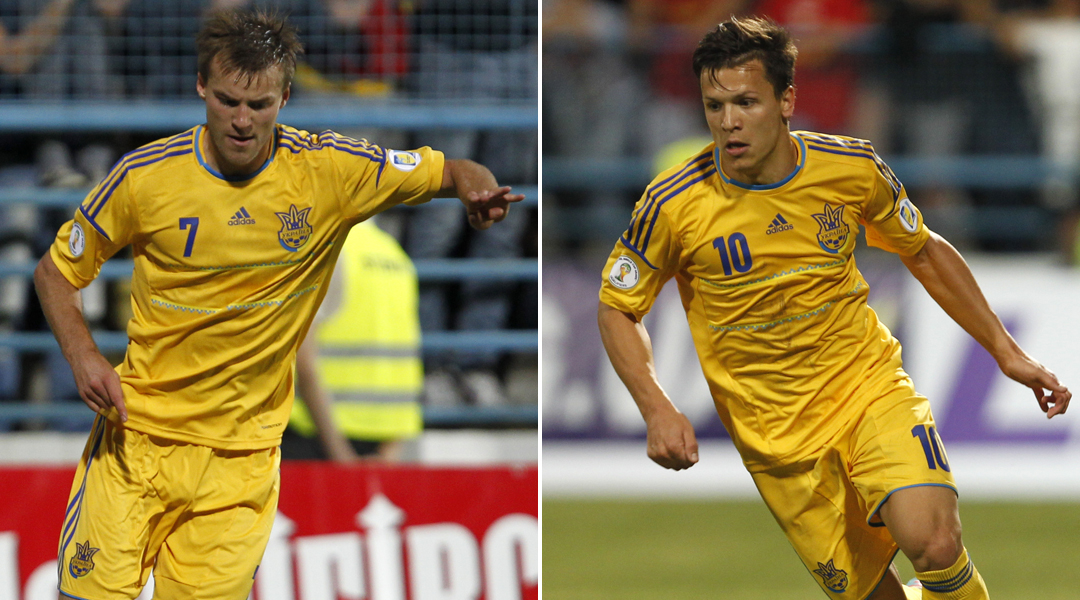
One of the most prominent tactical developments of last few seasons has been the popularity of the ‘inverted’ winger – that is, a winger playing on the opposite side to his strongest foot.
Whereas previously the standard job of a wide player was to receive a pass, skip down the outside and swing in a cross, now it’s increasingly common to see players receive a pass, cut inside and shoot.
Although that added goalscoring potential is a crucial factor in the popularity of these players, it’s also a reaction to the rise of attacking full-backs. Now, with those players providing the width, pace and crossing from a deeper position, managers don’t need that role replicated from higher up the pitch. Attacking full-backs when playing behind a winger who drifts inside, creating space on the overlap.
The popularity of these players became particularly obvious during the 2009/10 campaign, when the four European finalists all used wingers on the ‘wrong’ side. In the Champions League final, Inter had Samuel Eto’o and Goran Pandev cutting inside against a Bayern side who had based their team around Arjen Robben and Franck Ribery doing the same thing. In the Europa League final, Atletico’s Simao Sabrosa and Jose Reyes flooded the centre against Damien Duff on Fulham’s right, and Simon Davies on the left.
Get FourFourTwo Newsletter
The best features, fun and footballing quizzes, straight to your inbox every week.
Roy Hodgson was in charge of Fulham for that final, of course, and tonight he’ll encounter another side whose primary threats come from inverted wingers. Ukraine are lacking a reliable goalscorer upfront in the post-Shevchenko era, but with speedy wingers Andriy Yarmolenko and Yevhen Konoplyanka cutting inside and shooting from range, Ukraine certainly have goalscoring potential from deeper positions.
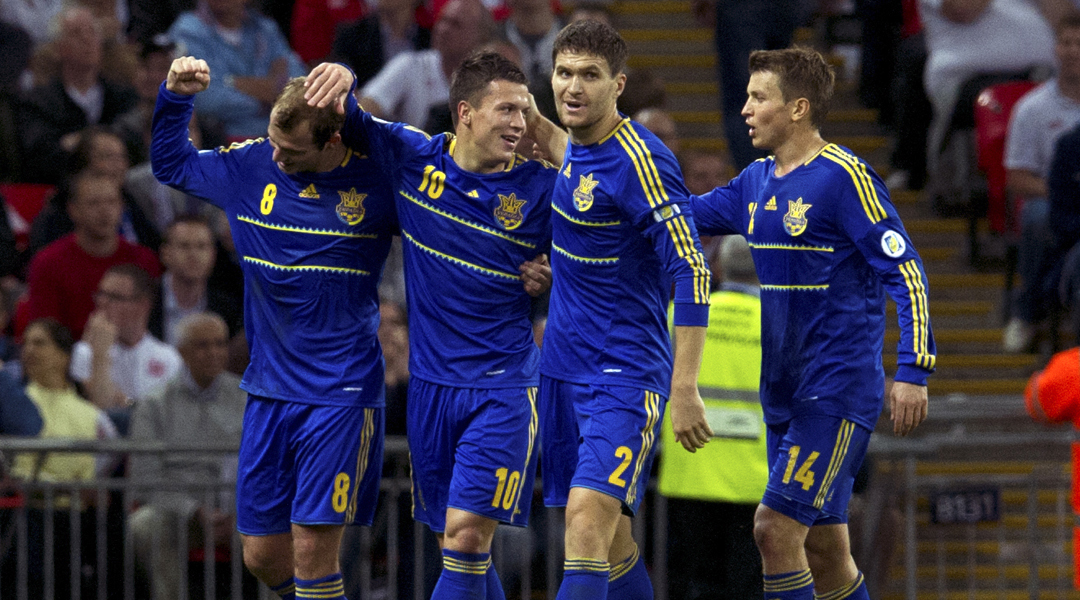
England also faced Ukraine at Euro 2012, of course, defeating the hosts 1-0 in a quiet, unremarkable group game. Ukraine’s most dangerous attacker was Konoplyanka, who started on the left before drifting inside and unleashing no fewer than five shots from distance.
Konoplyanaka is a typical, modern day counter-attacking winger. His club side, Dnipro Dnipropetrovsk, have often been excellent on the break in recent years, and his part in the system is simple – he drops deep, generally into his own half, and looks to pick up possession when the opposition have men forward. Then, he breaks quickly forward with the ball, before shooting powerfully from inside-left positions.
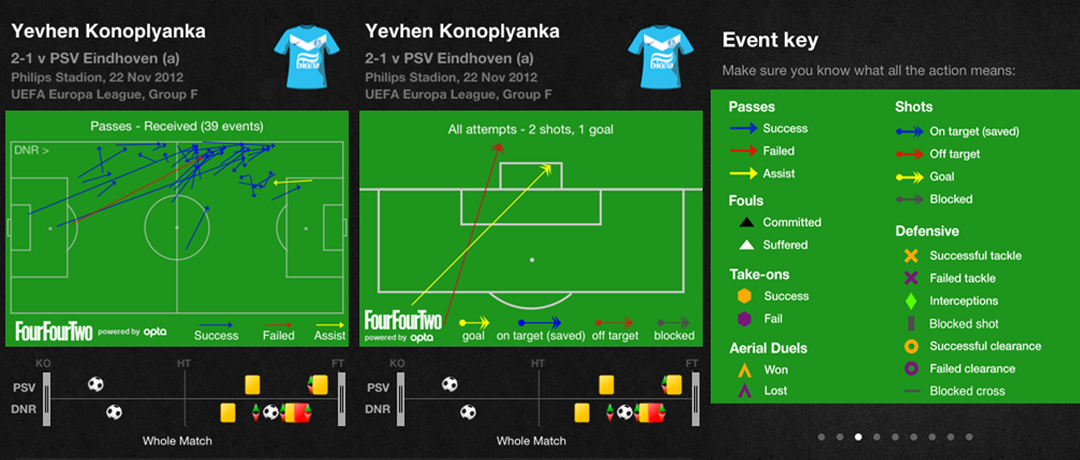
But while he’s naturally a direct, goalscoring winger, the 23-year-old is also surprisingly calm and measured with his passing – frequently knocking simple passes into the central midfielders with his favoured right foot, keeping possession rather than running down blind alleys. An intelligent user of the ball, he only attempts to beat opponents if there’s space to break into – and can also create chances for others, too.
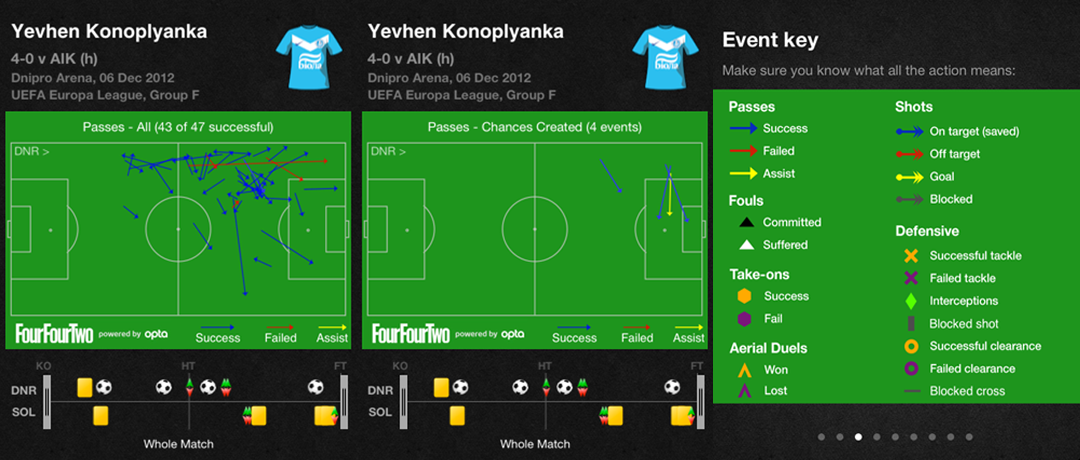
On the other flank, Yarmolenko isn’t quite a mirror image of Konoplyanaka – he’s much taller, for a start – but he offers something similar. His club side, Dynamo Kiev, have also been a counter-attacking force in recent years, and he follows the pattern of picking up possession in his own half, before roaring forward and shooting.
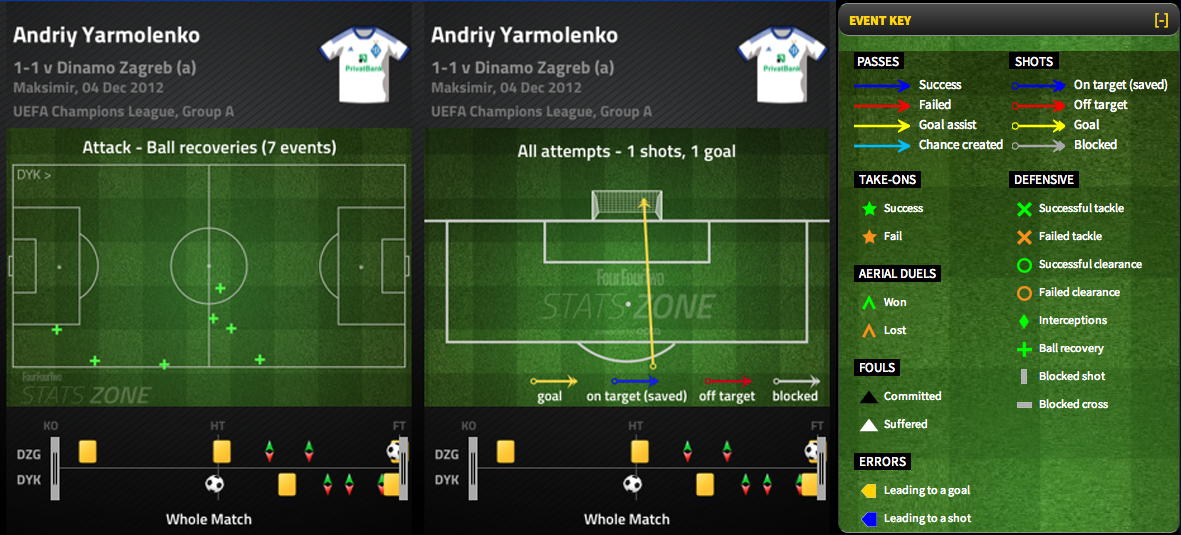
He’s arguably less intellegent in his decision-making than Konoplyanka, however. He more frequently attempts crosses that don’t reach their intended target (rather than playing safer, clever passes), and is dispossessed too often when attempting to dribble past defenders. That said, his international goalscoring record (11 in 33) is more impressive than that of Konoplyanaka (8 in 30).
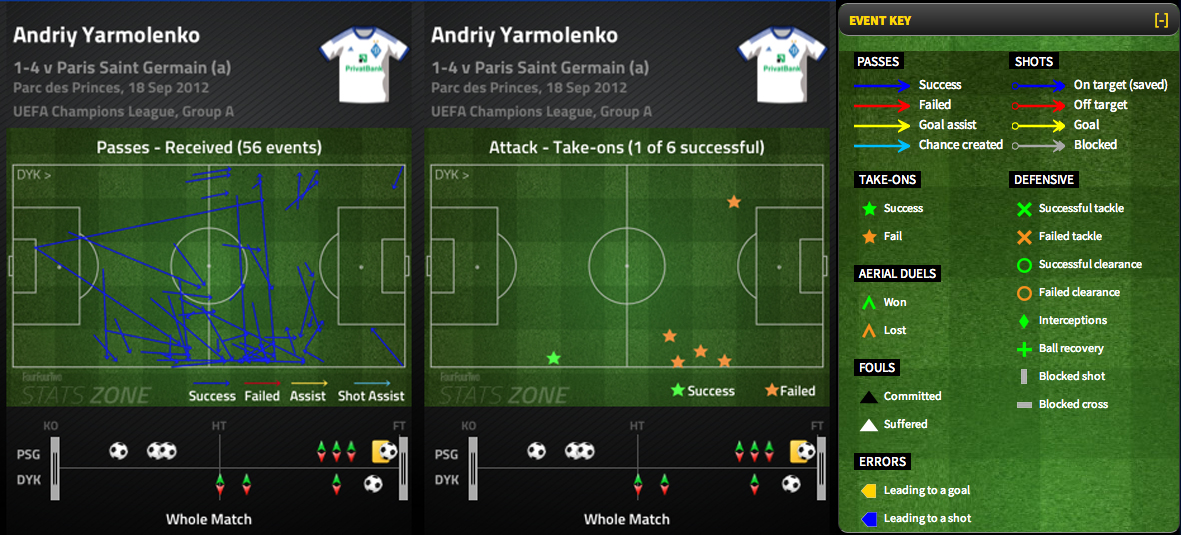
Ukraine are still struggling for a first-choice centre-forward – Konoplyanaka and centre-back Yevhen Khacheridi are the top goalscorers in this qualification campaign, and Roman Bezus has scored more than any striker despite only being used from the bench. Marko Devic has returned from injury and should start, but England should be more wary of the threat from wide.
As Konoplyanaka rather undiplomatically put it this week, “If Scotland managed to score two goals versus England, so can we.”
